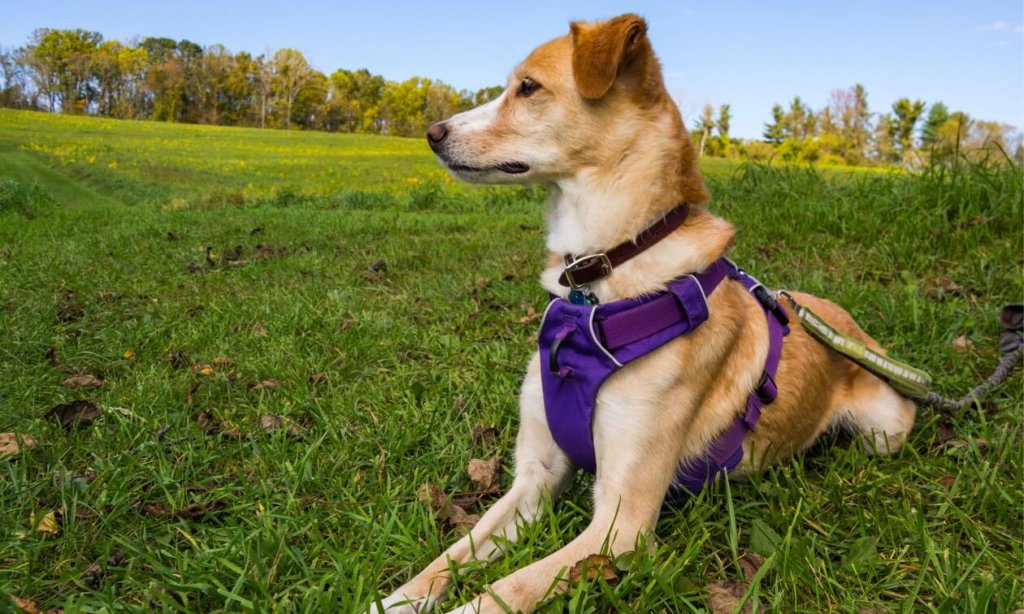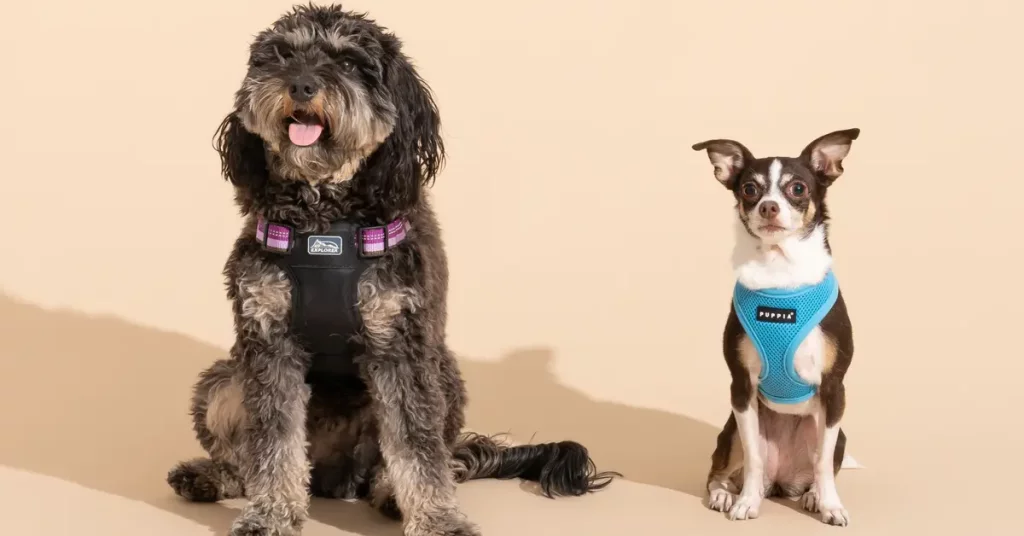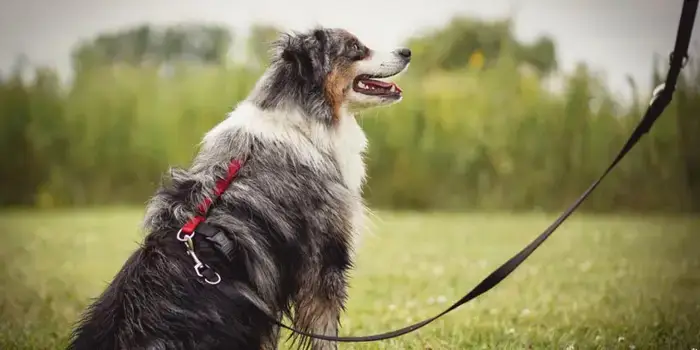The Significance of Proper Harness Fit
Imagine being strapped into a garment that constricts with every move you make – uncomfortable. For your four-legged friends, a harness is more than an accessory. The significance of choosing a harness that fits correctly cannot be overstated, as a poorly fitting harness can lead to skin abrasions, escape incidents, and even respiratory issues.
The key to a snug fit is finding a harness that allows two fingers to slide beneath any strap, ensuring that it’s tight enough to prevent slipping out yet loose enough to avoid discomfort. To select a harness that perfectly fits your canine companion, look into size guides and consider adjustable options that accommodate your pet’s unique shape.
In this quest for the ideal fit, many owners have found the best dog harness with comprehensive fitting instructions to ensure a snug and safe experience for their dogs.
Key Features of a Quality Dog Harness

The market is flooded with dog harnesses, each boasting various features that cater to different needs. However, pet owners should prioritize safety and comfort.
When looking for the best dog harness, choosing one with sturdy yet comfortable straps, breathable fabrics, and ample padding in areas that bear the brunt of pulling pressure is essential. Harnesses with multiple attachment points also offer versatility in managing your dog’s bulldog tendencies and can aid significantly in training, contributing to a more controlled and enjoyable walking experience.
Types of Dog Harnesses: Pros and Cons
Dog harnesses are available in various shapes and sizes, ranging from simple designs to ones with many features, to accommodate the diverse range of canine body type and personalities.
The no-pull harness is cleverly made to prevent pulling without hurting or causing discomfort by guiding the dog back toward you when they try to pull ahead. What are the drawbacks? Training is necessary to use it effectively. The step-in harness, admired for its simplicity, encourages the dog to enter by “stepping in,” which is helpful for pets that squirm or have sensitive heads.
However, more than the basic design of these harnesses may be required for dogs that tend to escape, as they may benefit more from a vest-style harness that offers greater security and full-body protection.
To guarantee your pet’s comfort and safety, get to know the advantages and disadvantages of each type. This information helps you select the appropriate harness for your dog based on their behavior and lifestyle.
Selecting a Harness for Specific Dog Breeds and Sizes

The diversity among dog breeds and sizes demands a bespoke approach to harness selection. For diminutive dogs and those with slender necks like Whippets, a harness that spreads the leash pressure across a broader body area is essential to prevent injury.
Bulky breeds may require robust, heavy-duty harnesses to withstand their strength and often more considerable girth. Specially designed harnesses for deep-chested breeds like Greyhounds or dogs with respiratory issues ensure comfort without constriction. Selecting a breed-appropriate harness may involve trial and error, but it’s critical to the patient’s well-being.
Engaging with breed-specific forums or consulting with your vet are excellent ways to glean insights into the ideal harness type for your canine companion.
Training and Behavioral Considerations
A harness does more than connect your dog to a leash; it is a pivotal tool in the training arsenal. For harness-averse dogs with negative associations with restraint, a slow and positive introduction to a harness can reframe it as a harbinger of positive experiences, such as walks or playtime.
By selecting a harness that aids in training without causing fear or discomfort, you contribute to a more profound sense of trust and communication between you and your dog. This benevolent link facilitates better behavioral outcomes and strengthens the bond between you two. Always approach harness training with patience, and remember that consistency is critical in nurturing well-behaved canine citizens.
Maintenance and Care for Dog Harnesses
Taking care of your dog’s harness is crucial to ensure longevity. Neglecting maintenance can cause dirt, sweat, and bacteria to build up, harming your dog’s skin and harness materials.
Thoroughly drying all harness components before reusing them is crucial to prevent mildew. Periodic checks of the harness’s strength and integrity, such as looking out for fraying straps or weakened buckles, can prevent potential failures during use.
Keeping the harness clean and in good repair, you sustain its appearance and functionality, contributing to your dog’s overall health and happiness.

